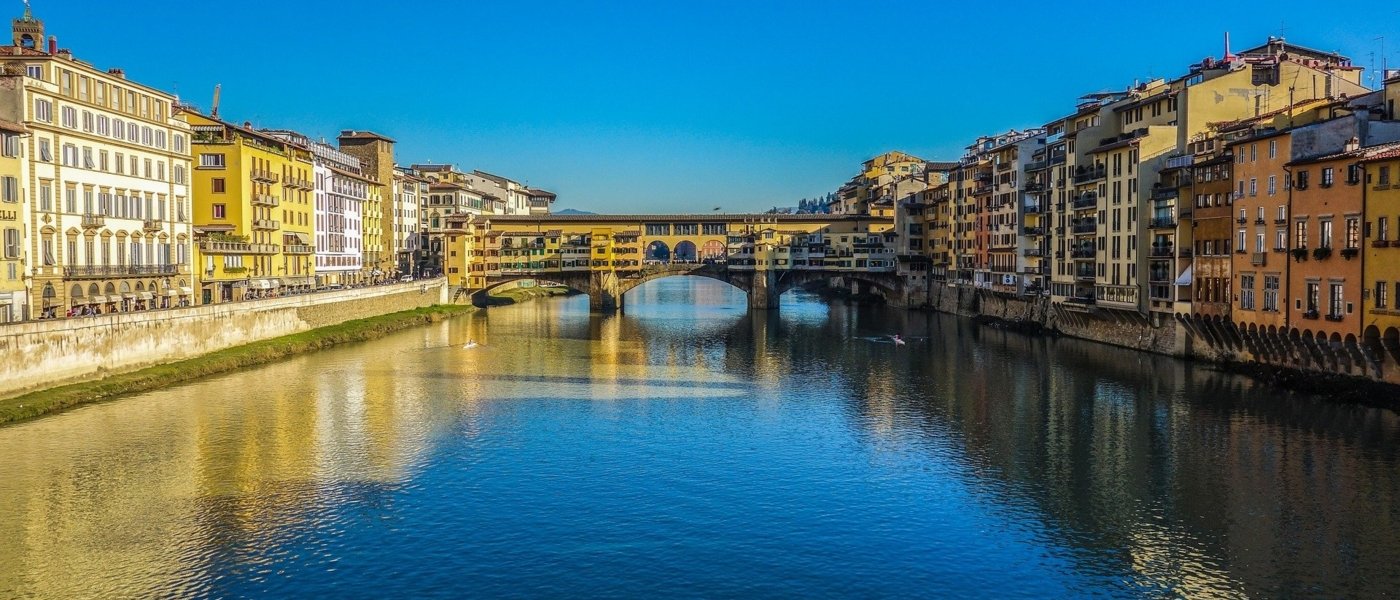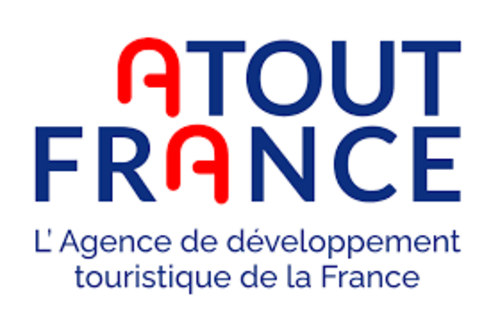The wines from these vineyards in Florence come from clay soils with some limestone in places and are low lying and south-facing, which enables the grapes to catch plentiful sun. Like in the rest of the Chianti DOCGs, the wine is based on Sangiovese, whose expressive but sometimes edgy character can be smoothened out and spiced up with the addition of local grapes, such as Canaiolo and Colorino, and/or beefed up by the inclusion of some of the Bordeaux varieties, especially Cabernet Sauvignon or Merlot.
Colli Fiorentini wines are typically light to medium bodied, fruity, easy drinking and flow freely down in the city, often as the house wine in Florentine restaurants or are quaffed in the city’s bars. A Florence vineyard tour takes you to these hills, from where the best wines are considered good enough to achieve Chianti DOCG status.
The best vineyards near Florence are to be found in close proximity to the city in Carmignano, just 20km northwest of the city, and Rufina which is located around 30km to the city’s east. Both can be considered a true vineyard of Florence, and both were recognised as being among Tuscany’s prime winemaking areas by Cosimo III, the Grand Duke of Tuscany, who on September 24, 1716, legally classified some of Tuscany’s Chianti’s key winemaking hotspots, including the land around the villages of Greve, Radda, Gaiole and Castellina, to effectively create Chianti Classico – Italy’s and quite possibly the world’s first official wine region. However, the vineyards of Chianti Classico, which are quite close to Florence, are nevertheless more readily associated with Siena, Florence’s rival city-state from back in the day.
Compact Carmignano, where Cabernet Sauvignon thrives, has been a DOCG since 1990, with some 120 hectares given that status. It occupies the eastern slopes of Monte Albano, close to the confluence of the Arno and Ombrone rivers, on which Cabernet Sauvignon ripens to impart a concentrated chocolaty note on the wine, and can provide up to 20% of the blend, as can Cabernet Franc. The vines are typically located on east-facing sites at lower altitudes than Chianti Classico but while the resulting wine is ripe and round with robust tannins, the wine usually retains sufficiently vibrant acidity thanks to the more northern latitude. Sangiovese only has to contribute a minimum of 50% in Carmignano, allowing for a more varied blend than Sangiovese-dominated Chianti Classico, for example. Canaiolo can account for an upper limit of 20%, while up to 10% can come from any of Canaiolo Bianco, Malvasia, and Trebbiano.
Rufina, a sub-zone of Chianti DOCG with more of continental climate and prized limestone and clay soils, is highly rated for its refined take on Sangiovese, which manifests itself in focused and aromatic, yet full wines with zesty acidity and cool, lively aromas. Chianti Rufina, which is a hilly area with nicely exposed vineyards planted at up to 500 metres above sea level, is to many the best of the seven sub-zones outside of Chianti Classico itself. Rufina is sometimes 100% Sangiovese and the grape must make up at least three-quarters of the wine. The rest can be made up of the resurgent local Canaiolo and Colorino grape varieties, and/or Cabernet Sauvignon and Merlot. Chianti Rufina wines are often favourably compared to those of Panzano, part of Greve in Chianti, and perhaps the finest Chianti Classico of all.
Our team of local experts will guide you on a Florence vineyard tour, in which you will walk through the vineyards and see where the grapes grow and find out about the factors that influence how the characteristics of those grapes form through their interaction with the terrific terroir. Our local experts will then lead you into the cellar to see how winemakers impart their influence on the final product and taste the wines.
If you're interested in one of our Florence Wine Tours, please visit this link.






